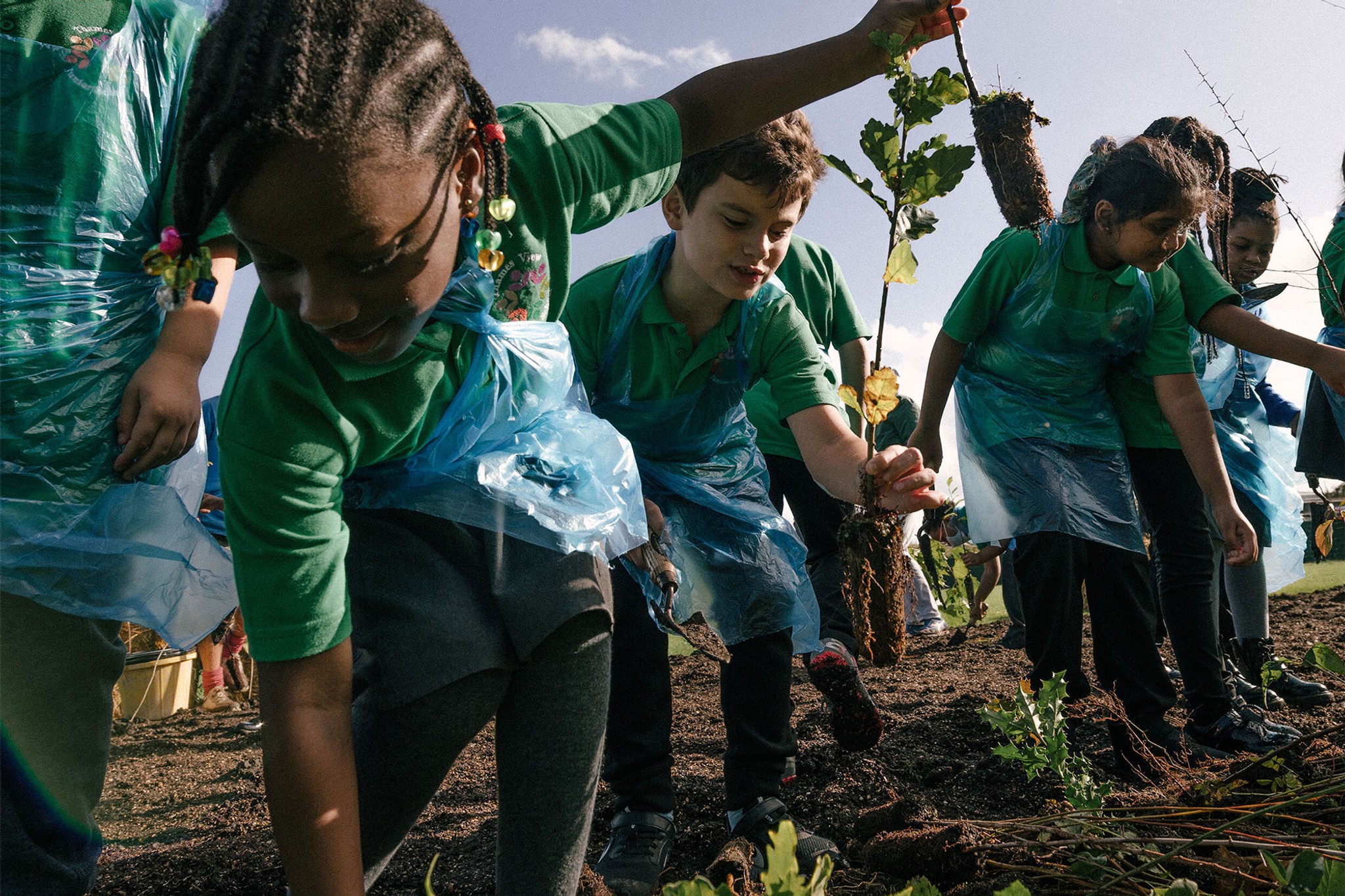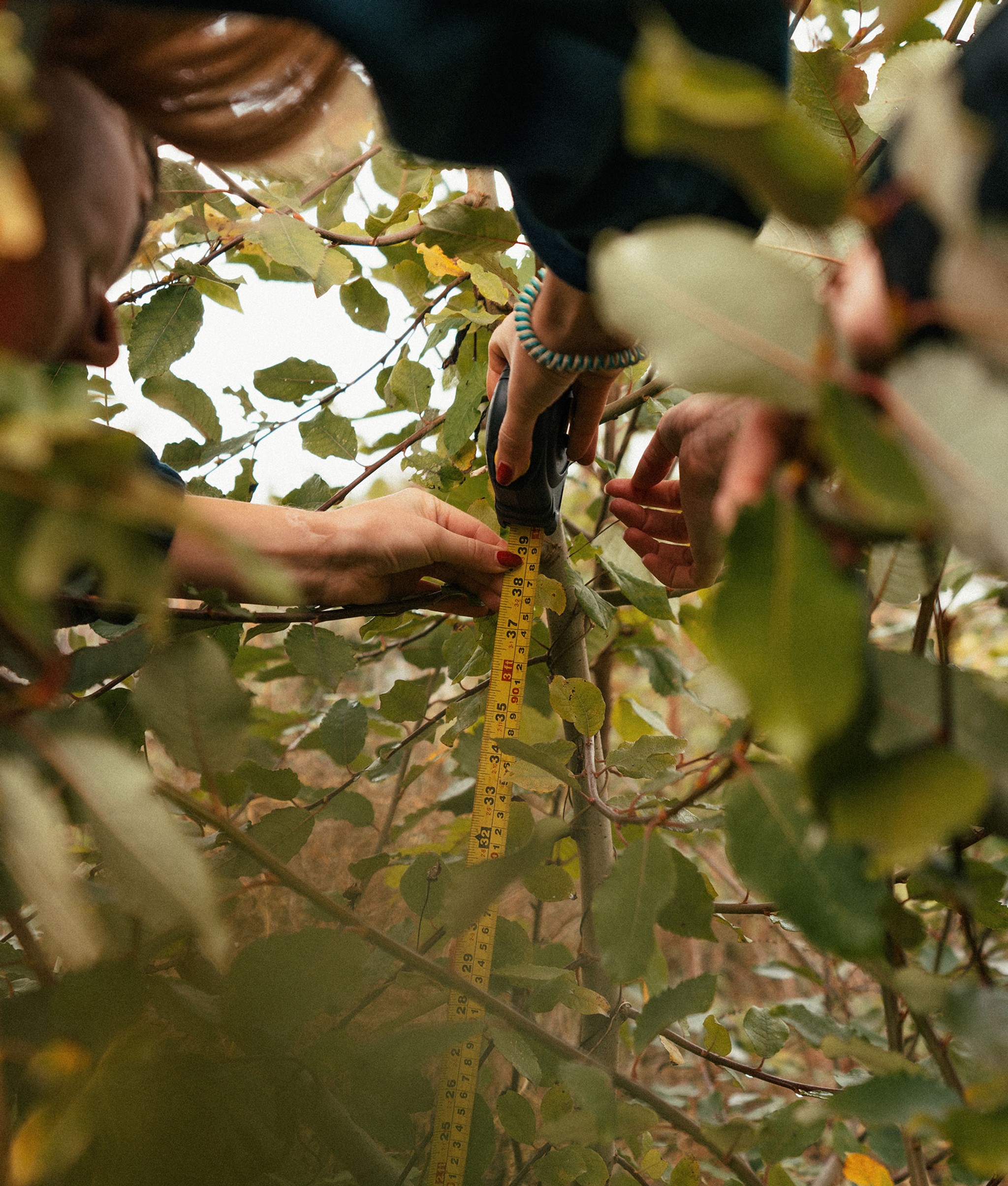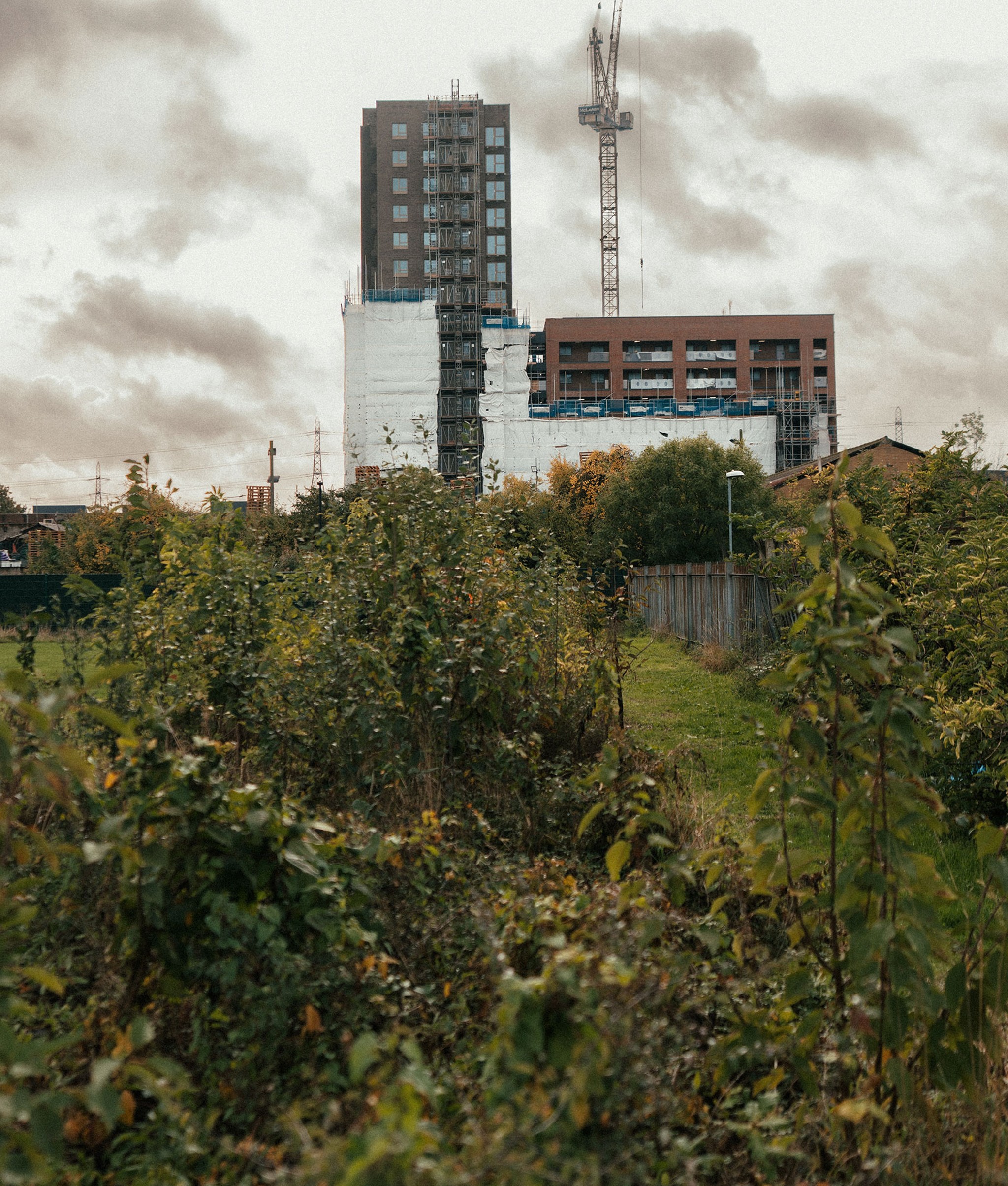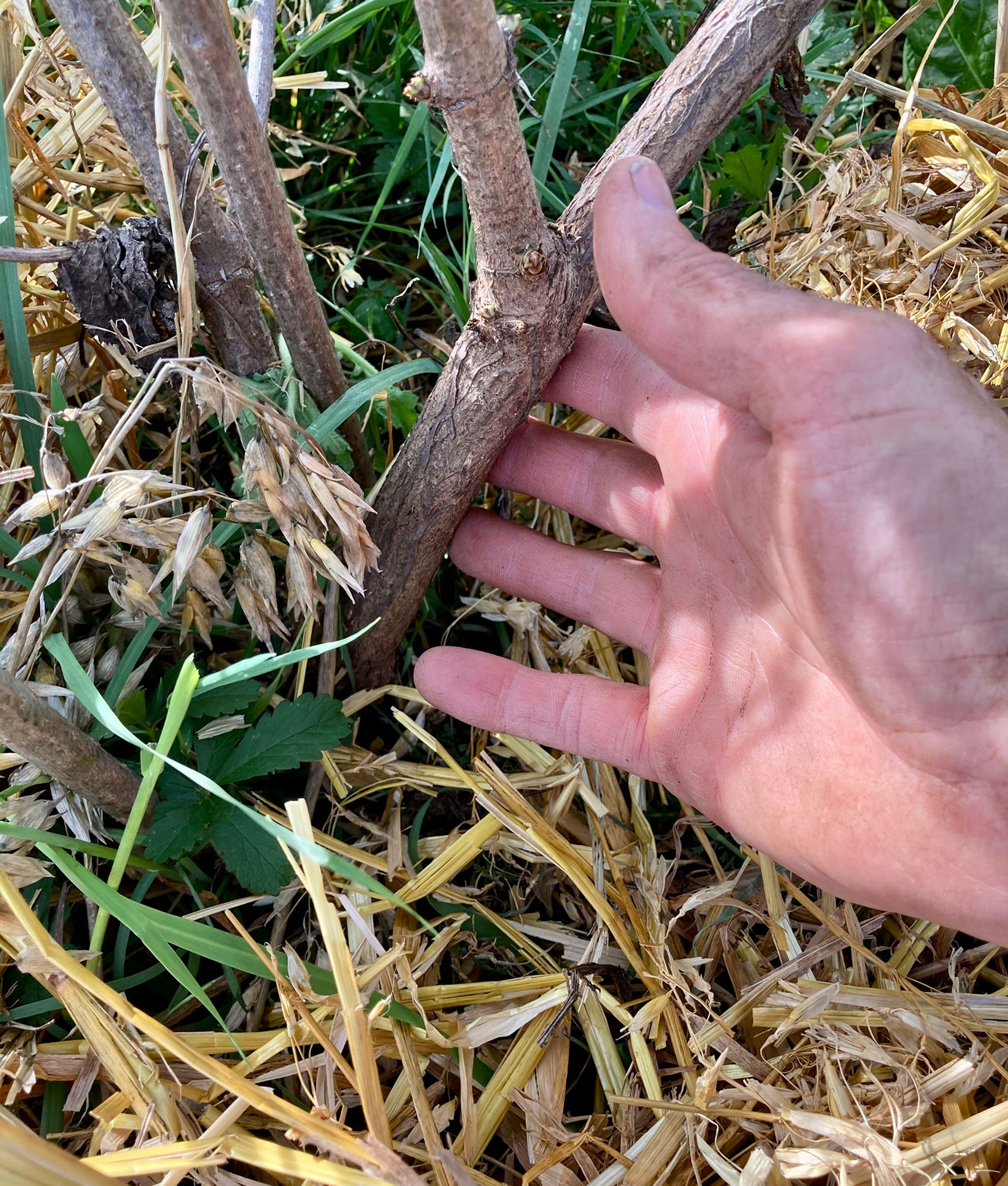Thames View Forest
A school forest to rewild industrialized east London.


0
Trees
0
Square Meters
0
Native Species
0
Youth Impacted
Self-sustaining pocket forest
Planted on reclaimed marshland in 2021, Thames View Forest is home to a variety of wildlife that differs from that found in other London forests. Migrating geese use the surrounding area to rest and forage, and gulls can often be seen overhead. We have also observed Crane Flies mating in the forest.
The tallest trees here are wild cherries (Prunus avium), a fast-growing species that thrives in fertile, loose soils. The favorable conditions of this reclaimed marshland have allowed the wild cherries to flourish - demonstrating impressive growth within just a few years.
Local residents have shared that the forest serves as an effective sound barrier between the nearby school and surrounding homes, helping to soften the sounds of children playing in the school fields during lunch breaks.
Forest Maker
James Godfrey-Faussett
Forest Partner



Ecosystem Restored
Final report: 31.10.2024
After approximately three years our SUGi Pocket Forests become self-sustaining. They no longer require human maintenance or watering, and can be handed over to Nature for biodiversity and complexity to naturally develop.
0%
Survival Rate
0
People living within 300 meters
0
kg of potential CO2 sequestration
Biodiversity
Biodiversity is all the different kinds of life you'll find in one area—the variety of animals, plants, fungi, and even microorganisms like bacteria that make up our natural world. Each of these species and organisms work together in ecosystems, like an intricate web, to maintain balance and support life.
0
Potential number of mammals
0
Potential number of birds
0
Potential number of amphibians
“By participating in this project with SUGi we are very proud to be giving our children a range of opportunities and experiences that will develop them as compassionate citizens of the future. By working with SUGi we are giving our children a real chance to make a real difference.“
Sandy Sanghera, Deputy Headteacher, Thames View Junior School
Forest Report: 2023
0 Years
Forest Age
0%
Survival Rate
0m
Average of Tallest 3 Trees
The forest is linear, with the southern half thriving slightly more than the northern half. The northern half is less dense with more undergrowth species self-seeding (morning glory, yarrow, dandelions and various grass species), yet there are taller trees in the southern half. Taller growing pioneer species (elder, willow sp.) are exceeding the height of other tree species. Main undergrowth species include dogwood, dog rose and spindle. Small oak saplings are scattered throughout, as well as different varieties of fungi species growing throughout the entire linear forest.
Biodiversity Notes:
Forest Report: 2022
0 Months
Forest Age
0%
Survival Rate
0m
Average of Tallest 3 Trees
The growth of this pocket forest is remarkable given that it has not been watered during its first year. It is truly testament to the resilience of the Miyawaki method, and is reassuring as we look to more challenging climatic conditions in the future.
Crack willow (Salix fragilis) is currently the tallest species, demonstrating that the species is able to grow well in drier conditions - the only willow that can. It has a prolific root system that goes down quickly and draws up moisture. This has certainly been a testing first 12 months for the forest and the survival rate reflects this. The summer 2022 drought, plus the exposed windy site, has meant that growth is a little slow relative to our other projects. However, growth is still steady and this forest will do well in its second year.
The soil health is now starting to look good with plenty of dark carbon and visible diverse life.
Biodiversity Notes:
The best species so far are the crack willow (Salix fragilis), elder (Sambucus nigra), bird cherry (Prunus padus) and dog rose (Rosa canina) - all considered pioneering species that are able to establish during periods of climatic stress. The elder currently has the largest girth at 26mm.
Planting: October 2021




















































